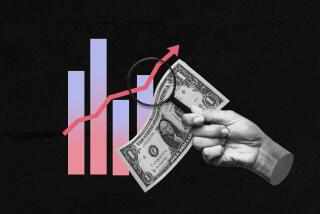Where income inequality comes from
Via Kevin Drum, here’s a new run at the income inequality fence from the bipartisan Congressional Research Service, and it should bury two shibboleths commonly employed by inequality-deniers: One, that inequality hasn’t really increased in recent years, and two, that thanks to broadly held pension fund and mutual fund assets, rising share prices benefit all wage-earners.
The report by the CRS, an arm of the Library of Congress, shows that inequality has increased quite smartly, thank you. From 1996 to 2006, total after-tax income in the U.S. rose by more than 20%. How was this gain distributed? After-tax income for the top 1% increased by about 75%, but for the bottom 20% it fell by about 5%. The top 0.1% nearly doubled their income. (The figures are adjusted for inflation.) “The income of tax filers at the top of the income distribution pulled away from those at the bottom,” the report says.
The CRS data point directly to the source of the disparity: It’s the shift over time toward stock holdings, which are typically taxed at a lower rate than wage income, as the income source for the upper echelon. In 1996, dividends and capital gains represented 30.8% of income for the top 1%; 10 years later they accounted for 38.2%. For the bottom 80% of taxpayers, dividends and capital gains were only 1.4% of income in 1996, and less — 0.7% -- 10 years later.
This is what tax preferences for unearned income have done to the U.S. economy — they’ve left the middle and working classes behind. Think of that the next time you hear someone talk about how capital-gains preferences benefit everyone — and when the presidential campaign carnival comes to your town, ask that the issue be placed on the candidates’ agenda.
RELATED:
The folly of the deficit committee
Corporations need a social conscience
Income inequality and the middle class
More to Read
Inside the business of entertainment
The Wide Shot brings you news, analysis and insights on everything from streaming wars to production — and what it all means for the future.
You may occasionally receive promotional content from the Los Angeles Times.











